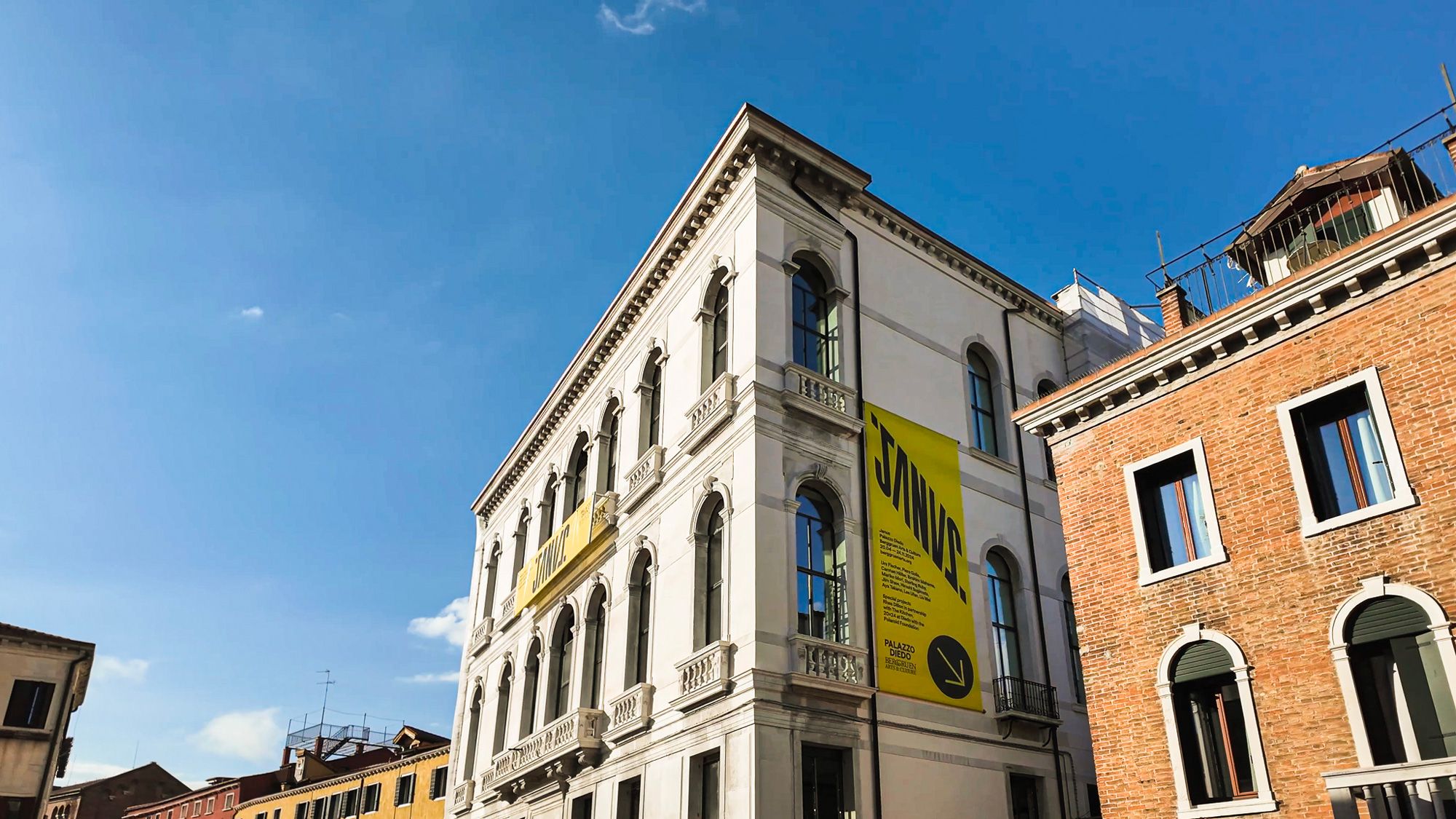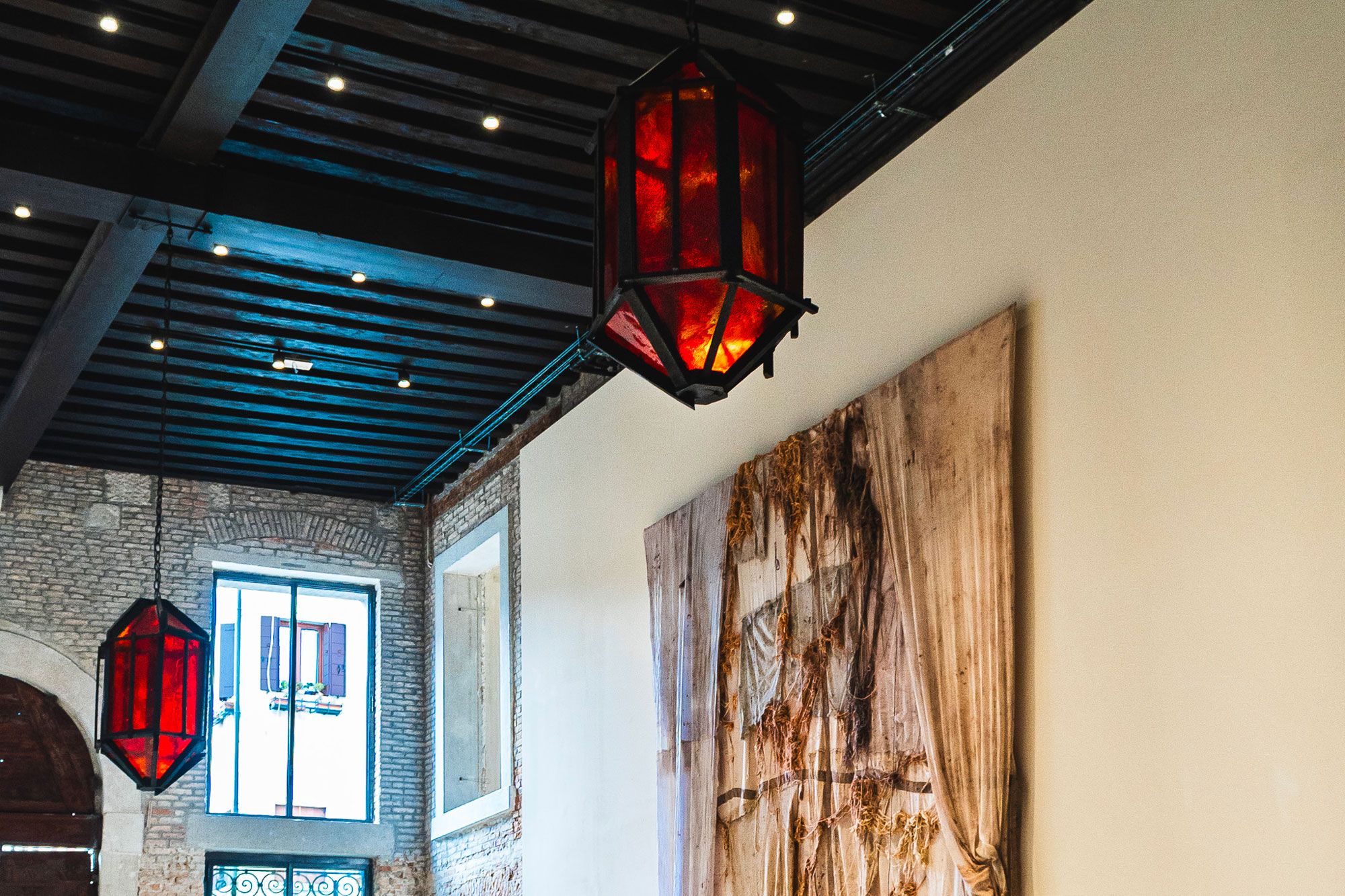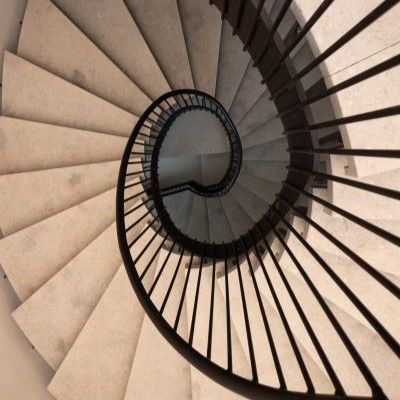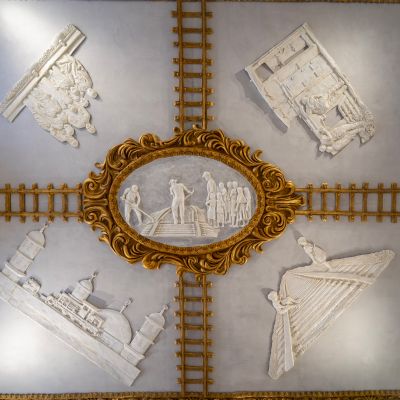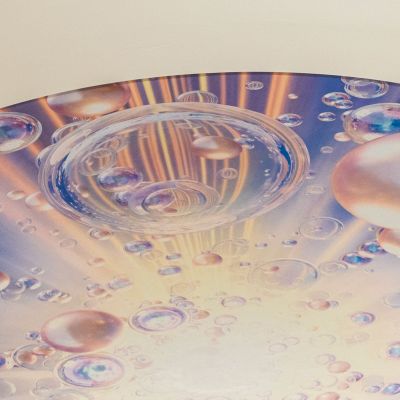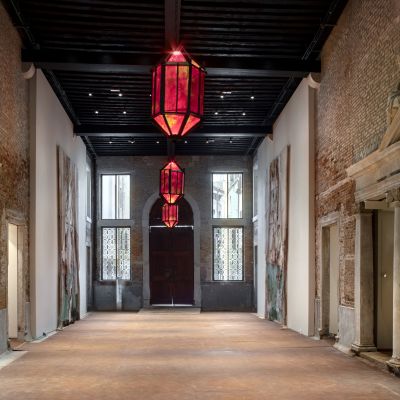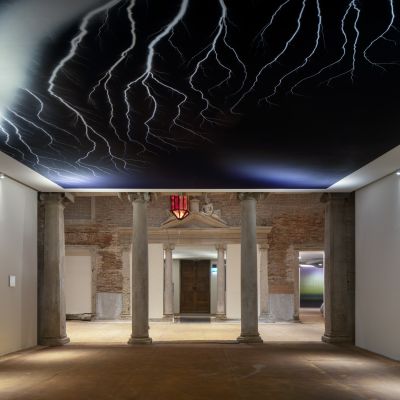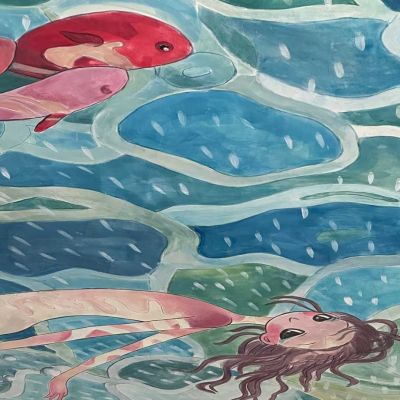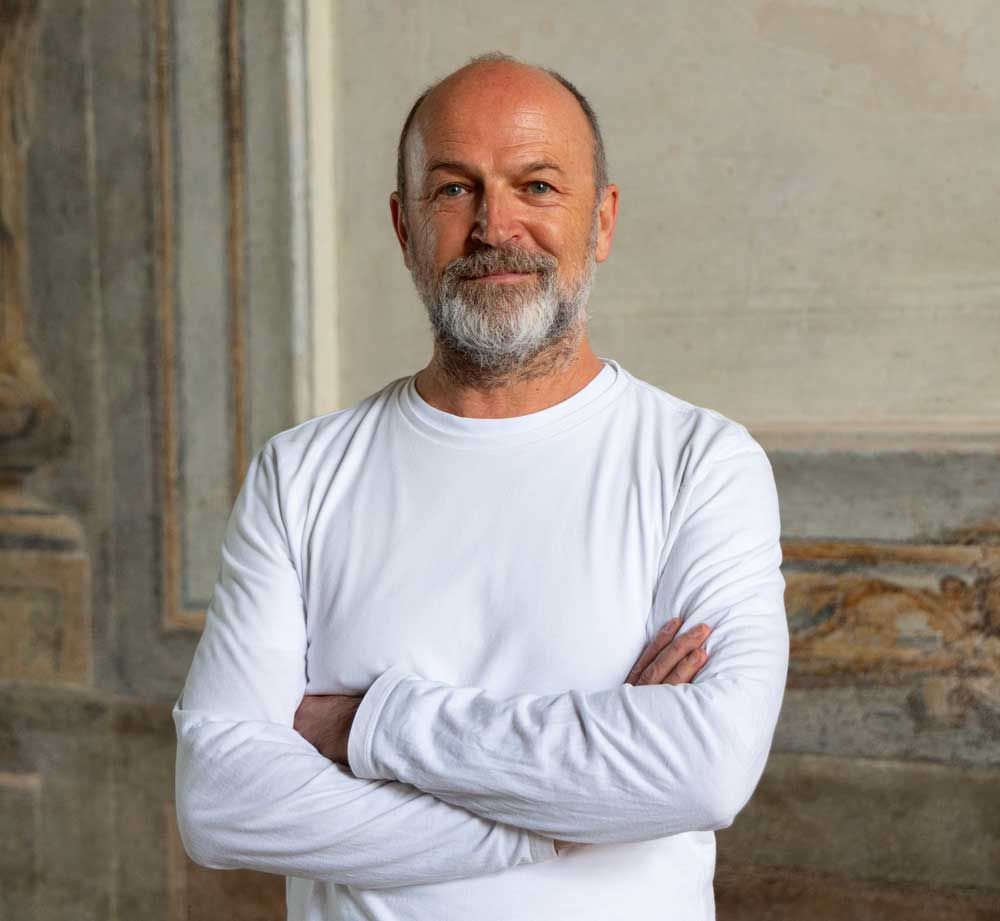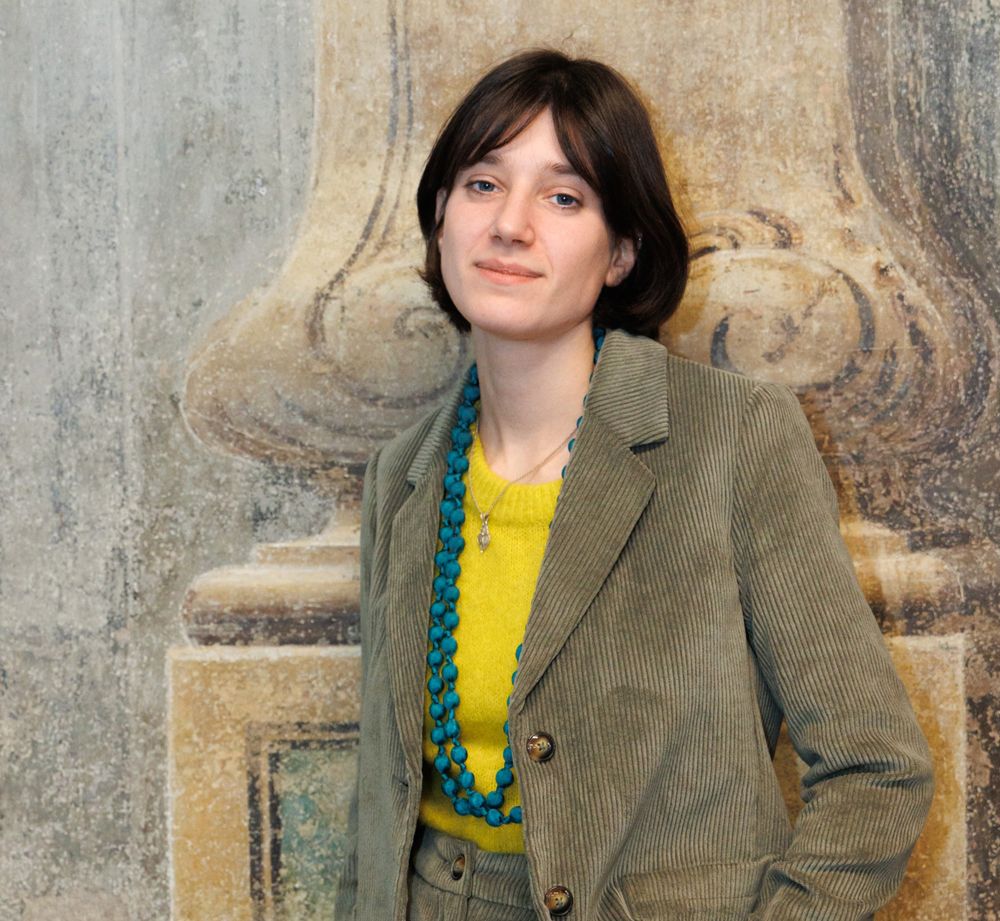Built in the second half of the 18th century to a design by architect Andrea Tirali for the residence of the prominent Diedo family, the palace is a five-floor structure overlooking the Rio della Maddalena. With a total area of approximately 4,000 square metres, it comprises two piani nobili and a mezzanine, as well as a spacious attic that will be dedicated to the artists’ residences.
With a remarkable number of windows taking in the warm light of the lagoon from all sides, the Palace boasts striking decorative elements. Starting on the ground floor, which soars to a height of some 8 metres, the two portals that once formed an original Latin cross composition, surmounted by a banded entablature and a small central tympanum with plaster figures. The mezzanine floor preserves decorations with monochrome stuccos and pastel hues. The cornices show floral motifs and medallions with portraits. The decorative scheme of the ceilings in the first upperstory side rooms is truly exquisite. On the west side, there is a pictorial cycle created by Francesco Fontebasso in 1765 featuring allegorical-mythological themes. On the east side is a slightly later cycle attributed to Constantino Cedini, probably executed in celebration of the marriage in 1795 of Antonio Diedo, the future perpetual secretary of the new Academy of Fine Arts, and Lucrezia Adriana Nani. Finally, the second piano nobile – intended for
future use as artists’ workshops– features six large monochrome frescoes depicting Roman capricci in the central hall alone.
Following the bankruptcy of the Diedo family, the Palace was purchased in 1889 by the Municipality of Venice to serve as an elementary school, the memory of which still resonates with many Venetians today. It was later made the seat of the Serveillance Court.
After a decade of neglect, today Palazzo Diedo aspires to become an active contributor to the rich urban fabric by hosting permanent installations specifically created for its spaces, as well as performances, symposia, and film screenings. Starting in 2026 it will host an artist residency program aimed at promoting artistic creativity in Venice. This program will involve direct collaboration with skilled craftspeople specialized in various techniques of the local tradition, including glassmaking, shipbuilding, textiles, ceramics and porcelain, and iron forging.


